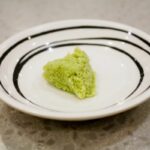Considering how much expertise has gone into preparing some delicious pieces of sushi, you should treat them well.
That means picking them up gently with your chopsticks yet you can also enhance the flavors with a dipping sauce.
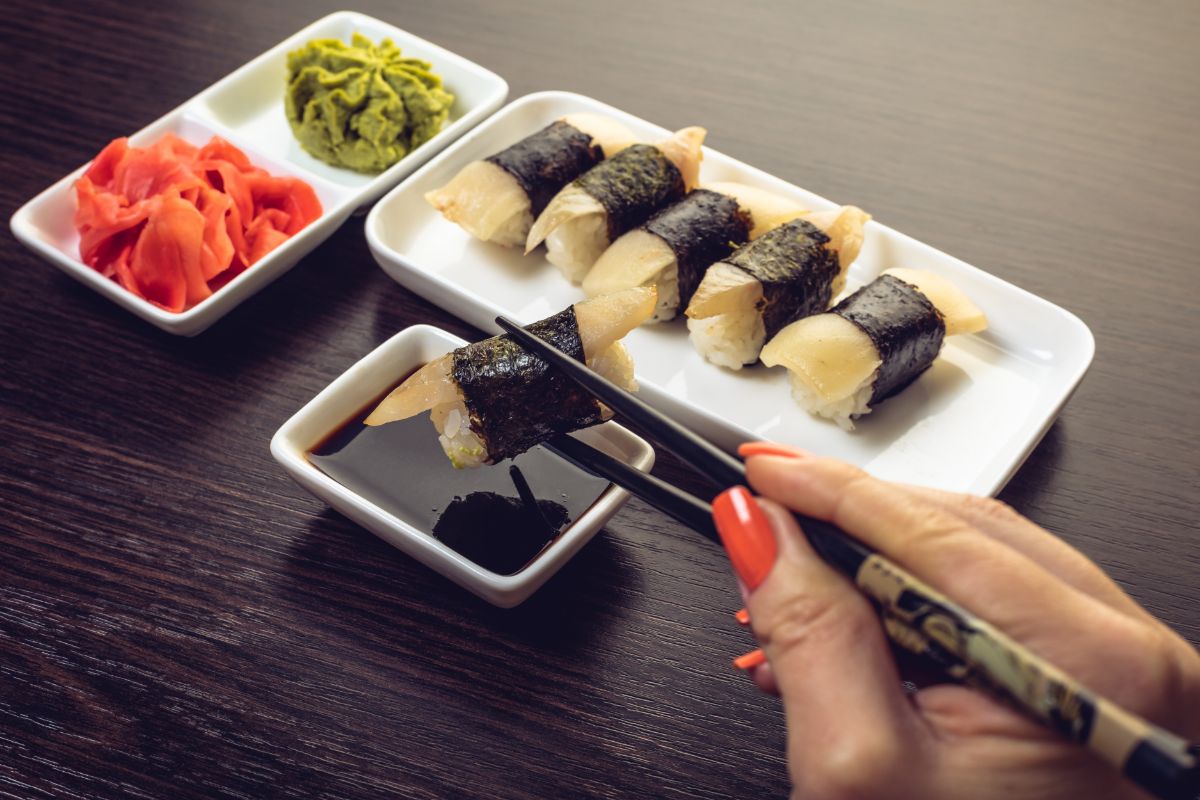
You should be presented with a small bowl of soy sauce but also some wasabi on the side too. It may be tempting to mix the two substances together yet this may not necessarily be encouraged.
In this guide, we will ask; should you add wasabi to your soy sauce in a sushi restaurant? We will also detail how to use wasabi and soy sauce, as well as the ‘wasabi joyu’ mixture.
There will also be information on how to incorporate ginger with your sushi, when you may be allowed to mix wasabi with some soy sauce, and how to eat different types of sushi.
Adding Wasabi To Your Soy Sauce
Though it can seem tempting to simply combine the wasabi with your soy sauce, this is typically seen as poor etiquette. In fact, it is considered a culinary taboo as both substances are supposed to be enjoyed separately.
The proper and ideal way to enjoy delicious sushi is to add the wasabi to the raw fish component of the sushi to neutralize its fattiness.
Fatty fish such as otoro (pink fatty tuna) and chutoro (medium fatty tuna) both go well with wasabi and the combination is remarked upon as something to try.
You can always dip the sushi fish side down into the soy sauce too but ensure that you do not over-saturate it.
Knowing How To Use Wasabi And Soy Sauce
Should you place sizable chunks of wasabi into the bowl of soy sauce, you may get yourself banished from a high-end Japanese restaurant.
The same thing can also be said of adding pieces of ginger onto your sushi pieces so refrain from doing that too.
Utilizing the potent taste of wasabi should be done sparingly so only dab a small piece onto a single side of the sushi.
The soy sauce should strictly be used as a dipping sauce. Carefully dip your pieces of sushi into the soy sauce and be careful not to leave it in for too long.
When you realize that the soy sauce has been served and created specifically for the sushi then you should leave it alone. Adding wasabi will diminish the intended taste and highly disappoint a sushi chef.
The Wasabi Joyu Mixture
When wasabi is mixed with some soy sauce, you create something known as ‘wasabi joyu’. The term is a combination of ‘wasabi’ and ‘shoyu’ yet it is considered a culinary taboo.
Esteemed sushi establishments such as Tokyo’s Itamae Sushi Edo and Kyoto’s Sushi Sasaya Korin have spoken out against ‘wasabi joyu’.
Sushi chefs in particular will discourage the mixture as it can ruin both the wasabi and the soy sauce. Not only does ‘wasabi joyu’ taint the soy sauce but it will also spoil the aroma and potent spiciness of the wasabi.
If you are in a sushi restaurant, refrain from creating ‘wasabi joyu’ and simply enjoy the wasabi and the soy sauce as they were intended, separately.
When You May Be Allowed To Mix Wasabi With Some Soy Sauce
There may be an odd occasion when it seems right to mix wasabi with some soy sauce. It is not often yet if you are ordering a seafood bowl, locally known as kaisendon, then it will be acceptable.
Create your ‘wasabi joyu’ by fully incorporating the wasabi into the soy sauce, ideally in the soy sauce bowl. Pour the mixture over the top of the rice with raw seafood and it can provide another dimension of flavor.
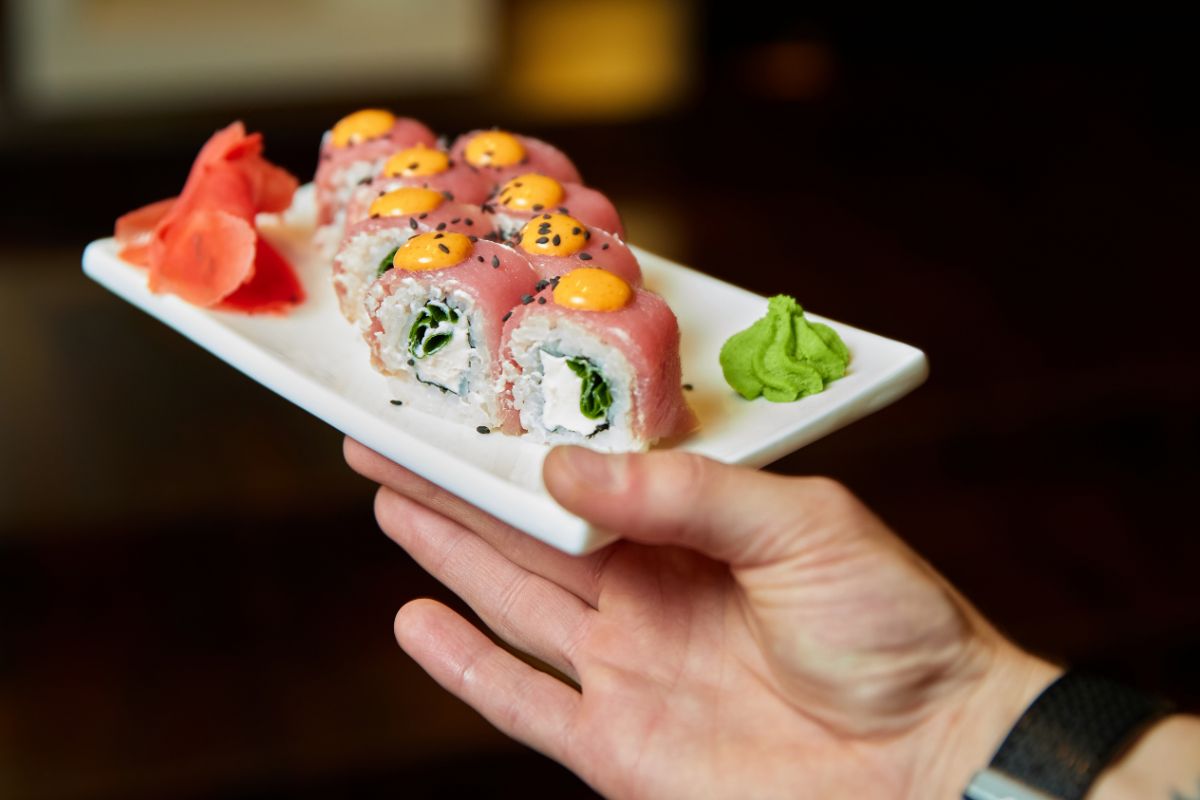
How To Incorporate Ginger With Sushi
While mixing wasabi with some soy sauce may be seen as a culinary no-no, you could be forgiven for using ginger often but not directly with the sushi.
Once you have learned how to use chopsticks, you should become adept at picking up small pieces of ginger.
Remember that the ginger is there as a palate-cleanser to be eaten between servings of sushi. This is to both cleanse and refresh your palate, ready for the next piece of sushi.
How To Eat Different Types Of Sushi With Wasabi And Soy Sauce
Depending on the type of sushi, you may be encouraged to prepare it differently. Once it has been served, you are pretty much free to eat the sushi however you like.
There are certain aspects of etiquette that you should obey, such as not mixing the wasabi with the soy sauce. In order to make the most out of your sushi, learn how to eat the different types of sushi with specific accompaniments.
For instance, sashimi will consist of fresh raw meat or fish which is then sliced into exceptionally thin pieces. You can expect to add a small dab of wasabi for fatty fish.
Sashimi is also most often eaten with each piece dipped into a small bowl of soy sauce too.
Similarly to sashimi, nigiri also features thin slices of raw fish which are then served on top of rice. Again, you would be expected to dip the nigiri pieces into soy sauce.
You can also place a small amount of wasabi onto the rice for a balanced flavor. This method does combine the wasabi and the soy sauce but uses them separately for great effect.
Final Thoughts
When dining in a high-end Japanese restaurant, you should pay your respects to the sushi chef. If they have gone to the effort of serving fresh wasabi that has been prepared from the stem then use it as they intended.
The same also goes for wasabi that has come from a tube as in both cases you should not mix it with some soy sauce.
Knowing how to use accompaniments such as wasabi, soy sauce, and ginger is important for etiquette and enjoying the sushi itself.
Frequently Asked Questions
Real wasabi, as in the substance derived directly from the stem of a wasabi plant, is exceptionally expensive. It should have an incredibly complex flavor profile yet can cost as much as $200 per kilogram.
The substance can also be difficult to find and buy, plus its lifetime is very short. Instead of paying such an exorbitant amount of money for a substance that does not last very long, a lot of restaurants use green food coloring with horseradish.
A lot of Japanese restaurants simply serve wasabi as it is expected to be used as an accompaniment to the meal. That does not necessarily mean you cannot request your sushi to be served without the wasabi.
A sushi chef will have the intention that you have the best sushi experience and if that means less wasabi then they should be happy to oblige. However, you should still use the ginger pieces to refresh and cleanse your palate between servings of sushi.
- 16 Best Websites To Watch Japanese Movies With English Subtitles - May 11, 2023
- Is ZIPAIR The Best Airline For Traveling To Japan? - May 11, 2023
- Ryu Murakami Vs Haruki Murakami – Which One Should You Read? - May 11, 2023

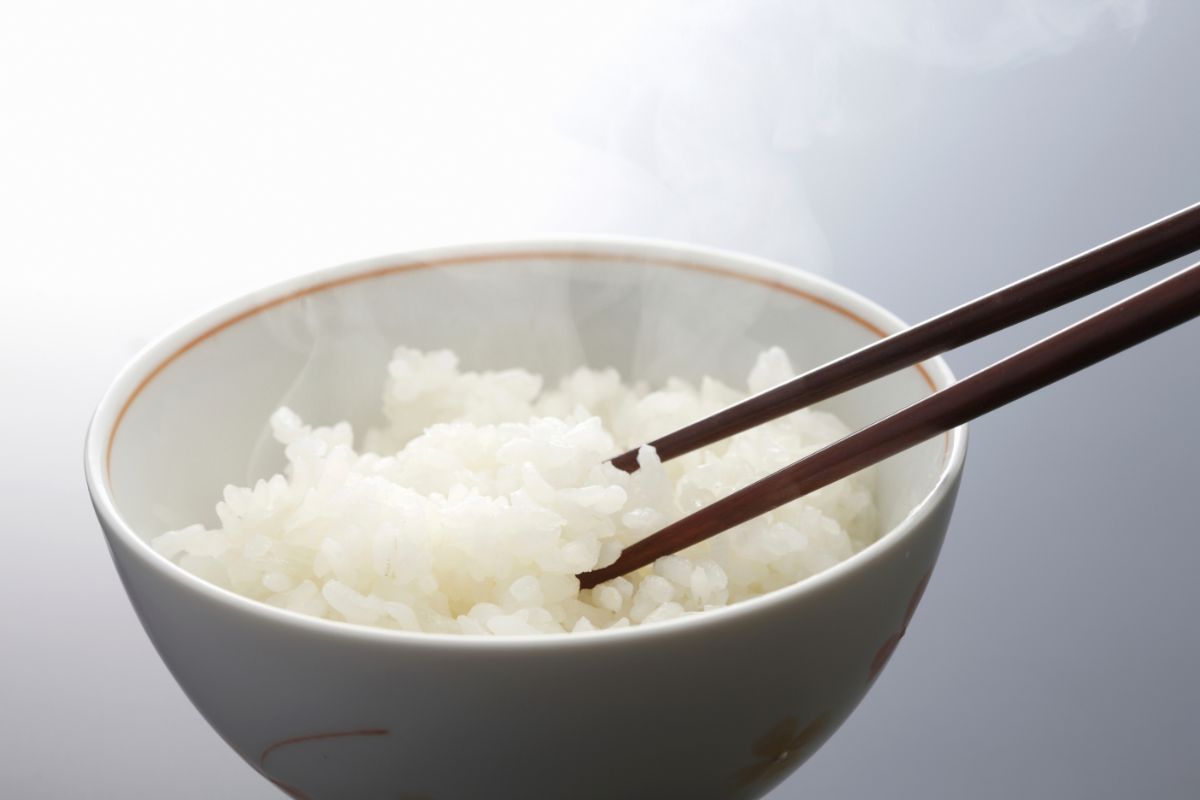
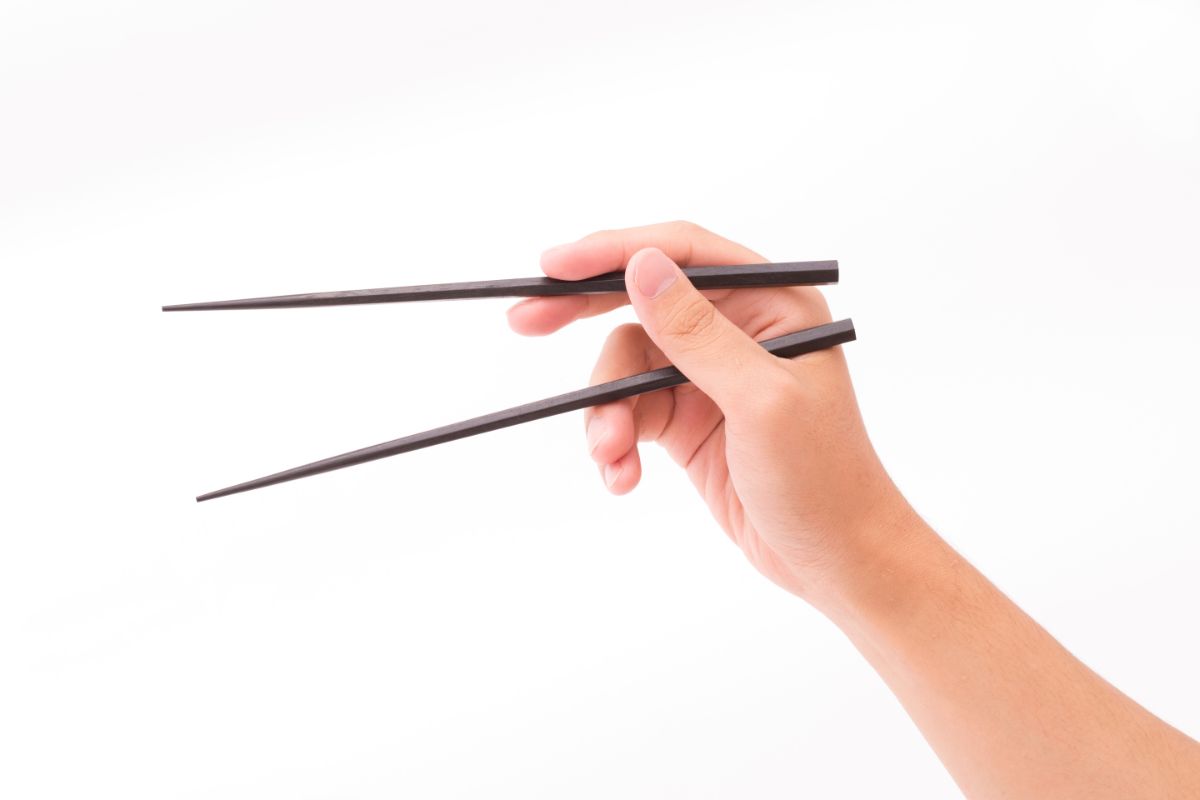

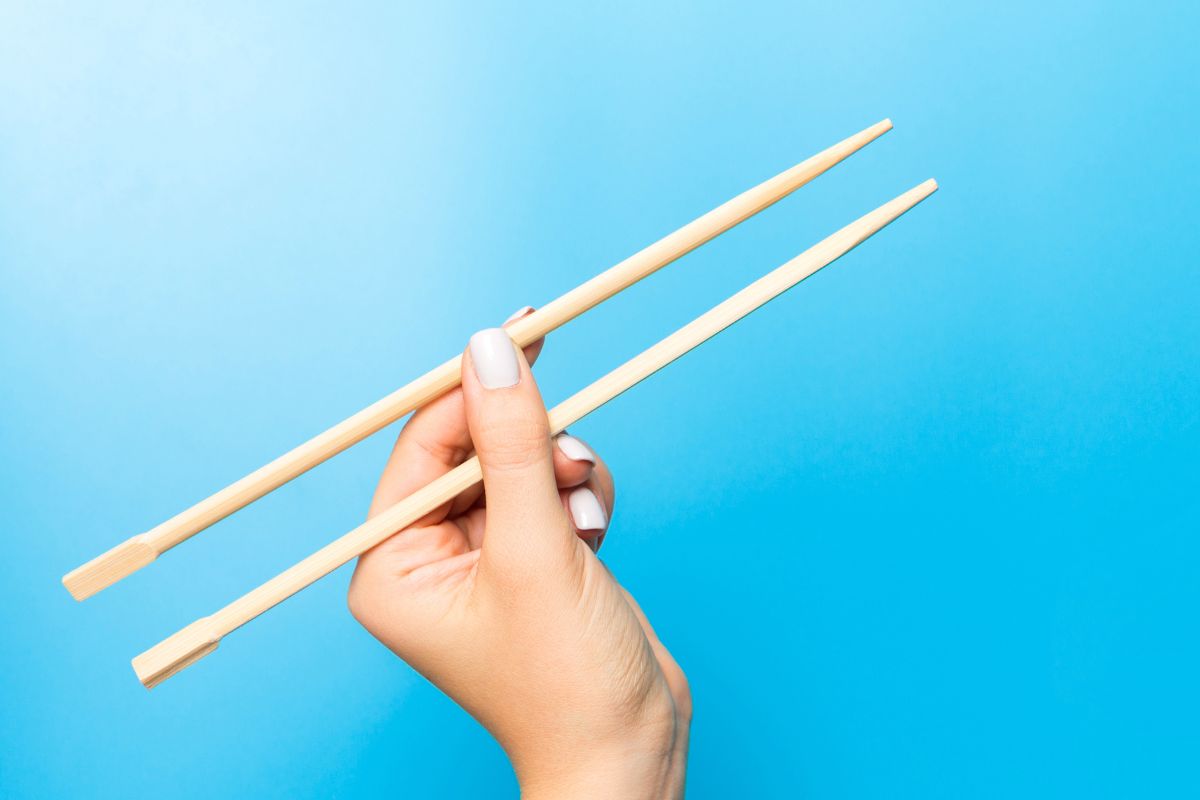
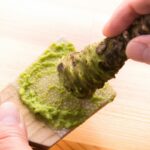
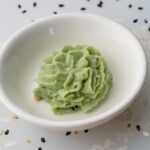
![How To Eat Wasabi The Japanese Way [Ultimate Guide] How To Eat Wasabi The Japanese Way [Ultimate Guide]](https://justaboutjapan.com/wp-content/uploads/2023/03/How-To-Eat-Wasabi-The-Japanese-Way-Ultimate-Guide-150x150.jpg)
